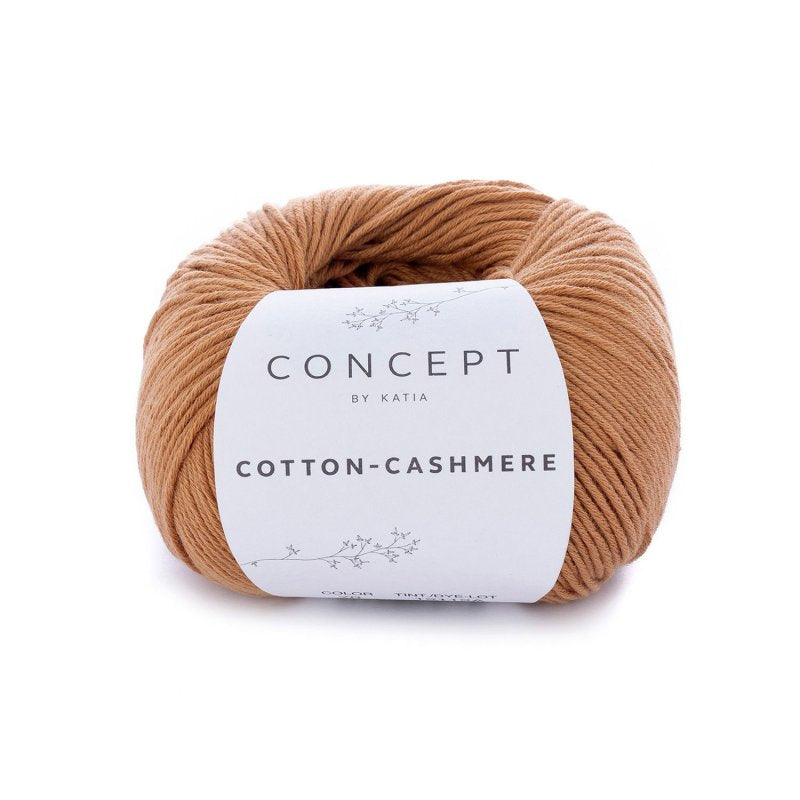The Truth Behind Is Cashmere a Natural Fiber and Its Sustainable Appeal
The Truth Behind Is Cashmere a Natural Fiber and Its Sustainable Appeal
Blog Article
Exploring the Numerous Kinds Of Cashmere a Natural Fiber for Ultimate High-end
Cashmere, an all-natural fiber, is frequently linked with deluxe and comfort. Not all cashmere is created equivalent. From the highly soft Mongolian range to the light-weight heat of Indian Pashmina, each type presents its own one-of-a-kind functions and attraction. The more cost effective Chinese cashmere, the traditional Scottish variant, and the high-end Italian blend, all tell a different tale of this remarkable fiber. As we decipher the globe of cashmere, a much deeper understanding of its real worth and refinement starts to arise.
Recognizing the Luxurious Nature of Cashmere
Cashmere, typically associated with deluxe and comfort, holds an one-of-a-kind appeal in the globe of natural fibers. Unlike other natural fibers, cashmere combines insulation with breathability, providing unparalleled convenience throughout varying temperatures. Its lustrous coating and soft texture contribute to its high-end allure, justifying the premium rate that commonly comes with cashmere garments.
Just What Is Cashmere and Where Does It Come From?

Cashmere is derived from the soft undercoat of cashmere goats, mostly discovered in Mongolia, China, Iran, and Afghanistan. This careful procedure adds to the shortage and high expense of cashmere. With its beginning in the harsh landscapes of Asia, cashmere is a testament to nature's ability to produce luxury from adversity.
Decoding the Various Kinds Of Cashmere
Understanding the different sorts of cashmere is vital to valuing the quality and special features of this glamorous material. Typically, cashmere is categorized into three kinds: raw, virgin, and recycled. Raw cashmere is straight gotten from the goat and is unrefined. This type frequently contains impurities such as dust and crude hair. Virgin cashmere, on the other hand, is the pure, unrecycled material that is rotated right into yarn for the first time. It is the softest and most glamorous. Lastly, recycled cashmere is made from virgin material that has actually been previously used. It is re-spun and utilized in creating lower-cost cashmere items. Translating these types is the very first step in comprehending the exclusivity and value of cashmere.

The Distinct Characteristics of Each Type of Cashmere
Having discovered the different categories of cashmere, it ends up being apparent that each kind flaunts its unique collection of characteristics. Mongolian cashmere, for circumstances, is renowned for its superior top quality, due to Mongolia's harsh winters months that generate longer and finer fibers. Conversely, Chinese cashmere is usually much more inexpensive, though its much shorter fibers can lower sturdiness.
Why Cashmere Is the Embodiment of High-end in vogue
Cashmere holds an esteemed setting in the globe of fashion, related to as an icon of luxury and refinement. Its appeal is not simply in its softness and warmth, however additionally in its rarity and the meticulous process associated with its procurement. Cashmere is originated from the great undercoat of Himalayan goats, known for their exceptional high quality fiber. The deficiency of this fiber, incorporated with the labor-intensive process of collection, adds to its high rate and exclusive status. Additionally, cashmere's unmatched convenience and durability make it a popular product in the creation of high-end garments. Its natural light-weight and shielding buildings include to its desirability, making it the epitome of high-end in vogue.
The Process of Making Cashmere: From Goat to Garment
The trip of cashmere, from being an undercoat of a Himalayan goat to an elegant garment, is an elaborate one. This mix is then meticulously divided, with only the soft down made use of for cashmere. From goat to garment, each step is a testament to the ability, perseverance and artistry entailed in crafting cashmere.

Final Thought
In verdict, cashmere, with its all-natural elegance and unparalleled convenience, rules supreme on the planet of luxury style. The diversity in types, varying from the soft Mongolian, lightweight Indian Pashmina, economical Chinese, standard Scottish, to the vivid Italian, exposes the flexibility of this all-natural fiber. The scrupulous process of changing it from a goat to a garment better includes in its exclusivity, making cashmere the embodiment of sophistication and luxury.
Cashmere, a natural fiber, is typically associated with deluxe and convenience (is cashmere a natural fiber).Cashmere, commonly connected with deluxe and comfort, holds an unique attraction in the world of all-natural fibers. Unlike other natural fibers, cashmere combines insulation with breathability, using unequaled comfort across differing temperatures. Cashmere is acquired from the soft undercoat of cashmere goats, mainly located in Mongolia, China, Iran, and Afghanistan. Cashmere is derived from cashmere the great undercoat of Himalayan goats, understood for their superior quality fiber
Report this page